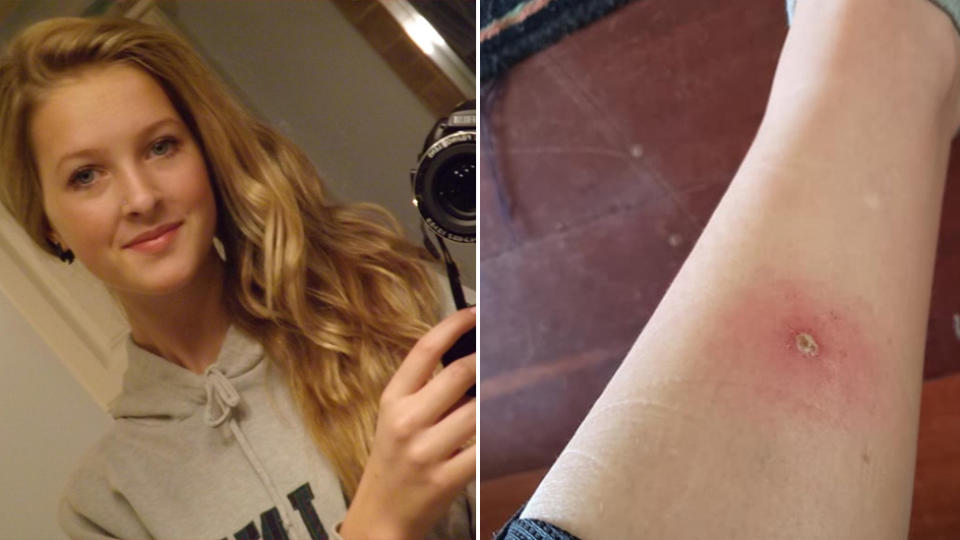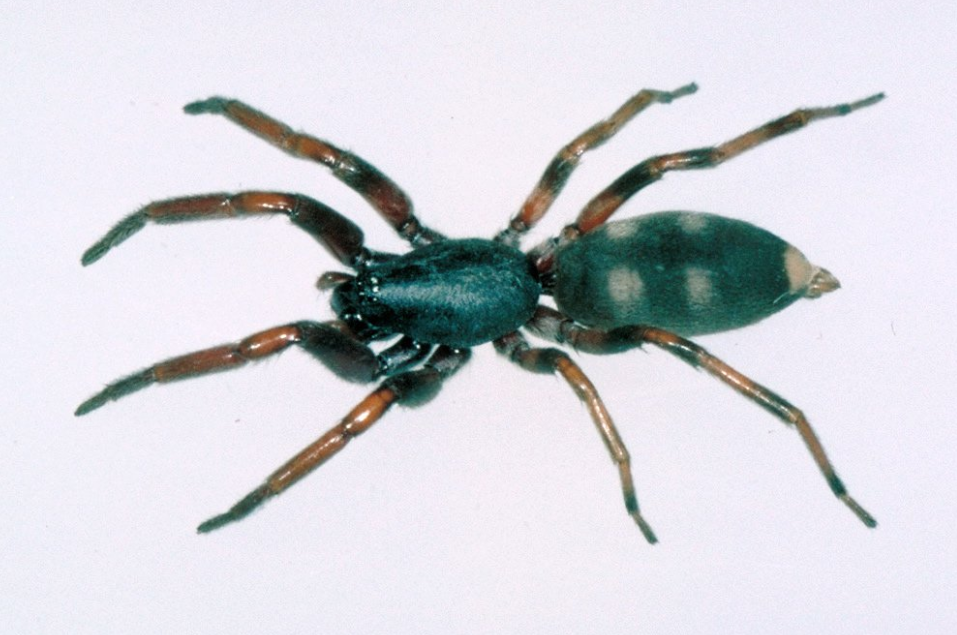'Flesh eating': Backpacker's warning after suspected spider bite turns nasty
A backpacker has urged other travellers to be careful after she said her apparent spider bite became “flesh eating”.
Alyssa Cassidy, from Canada, said she was recently working on a rural property in Australia during her travels when she noticed a bump suddenly appear on one of her legs.
In a post on Facebook, the young woman shared details of the horror discovery.
“I came back one day from the shearing sheds and ended up with a bump on my leg which I later found to be a spider bite that became flesh eating within a few days,” she said.
“After a heap of peroxide and good dressing it ended up fine, but just thought I’d share.”

Ms Cassidy said she went to the hospital, but claimed they simply wrapped the wound.
“Just a reminder to folks in Australia or coming to Australia to be aware of spiders hiding in your backpack/clothes,” she said.
Dozens of other backpackers claimed they had similar infections and they believed it was the result of a white-tailed spider bite.
“My white tale (sic) bite looked the same,” one woman said.
“Oh my God, I'm glad you're okay! Thanks for the heads up, I'll definitely check my shoes more regularly from now on since I always leave them outside,” another said.
“Omg it happened to me!!! 5 bites somehow. Ruined my legs. Definitely something to treat asap. I thought they were just mosquito bites,” a third person wrote.

White-tailed spiders are commonly found in Australian homes and have a tendency to hide in clothes or bedding.
Occasionally, blisters or symptoms known as necrotising arachnidism can arise after someone is bitten, according to the Australian Museum.
“Necrotising arachnidism is a type of skin inflammation and ulceration that is caused by the bite of some spiders. Occasionally, the reaction is so severe that the person loses large amounts of skin and needs extensive skin grafts,” experts said.
Although the spider’s bite has long been blamed for such symptoms, a study in 2003 found there was no link between white-tailed spider bites and necrotising arachnidism.
“There is no confirmed cause of necrotising arachnidism. It is unclear why most people who are bitten have only mild reactions, while a very tiny minority suffers from skin ulceration,” according to Victoria Health.
Do you have a story tip? Email: newsroomau@yahoonews.com.
You can also follow us on Facebook, Instagram and Twitter and download the Yahoo News app from the App Store or Google Play.



